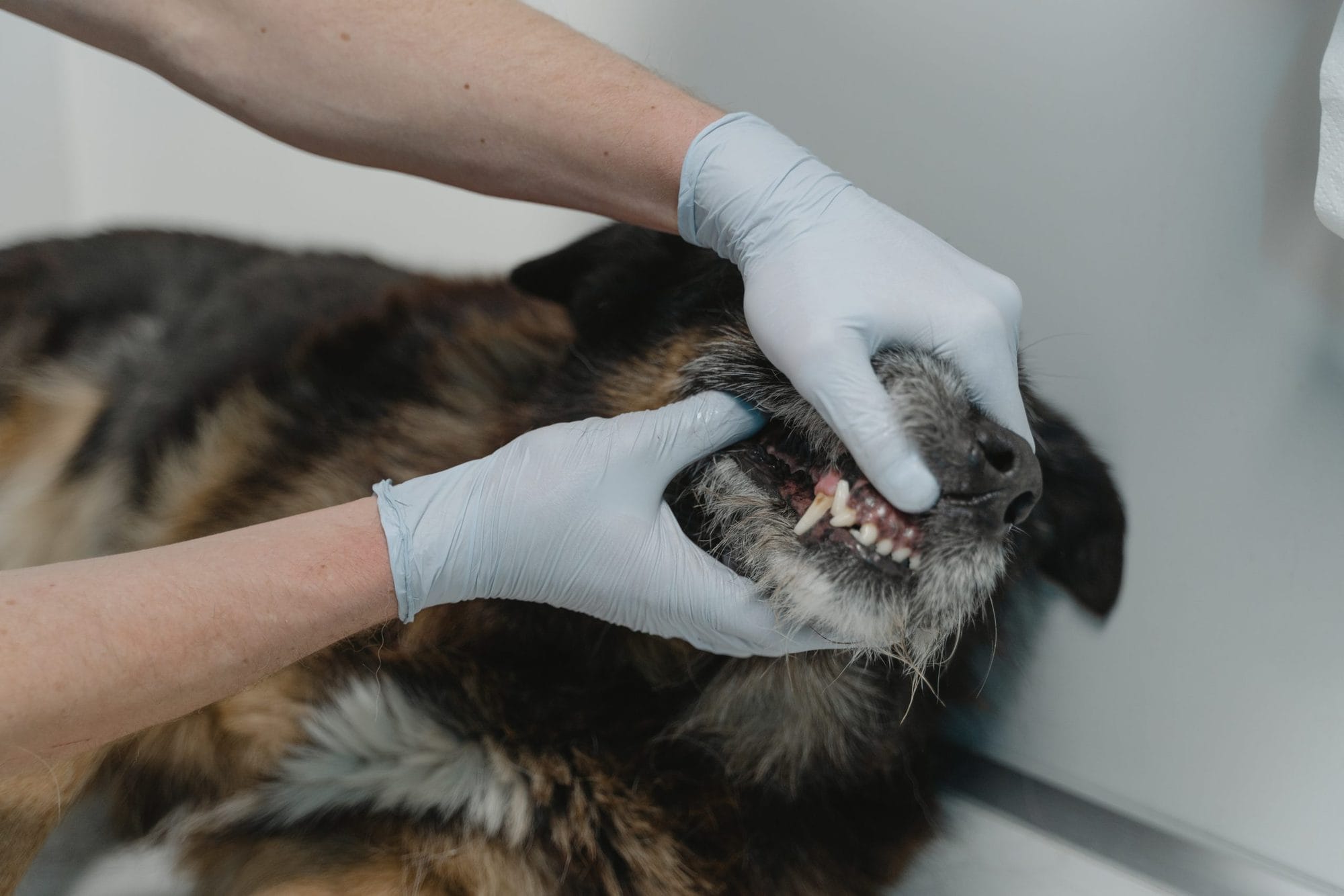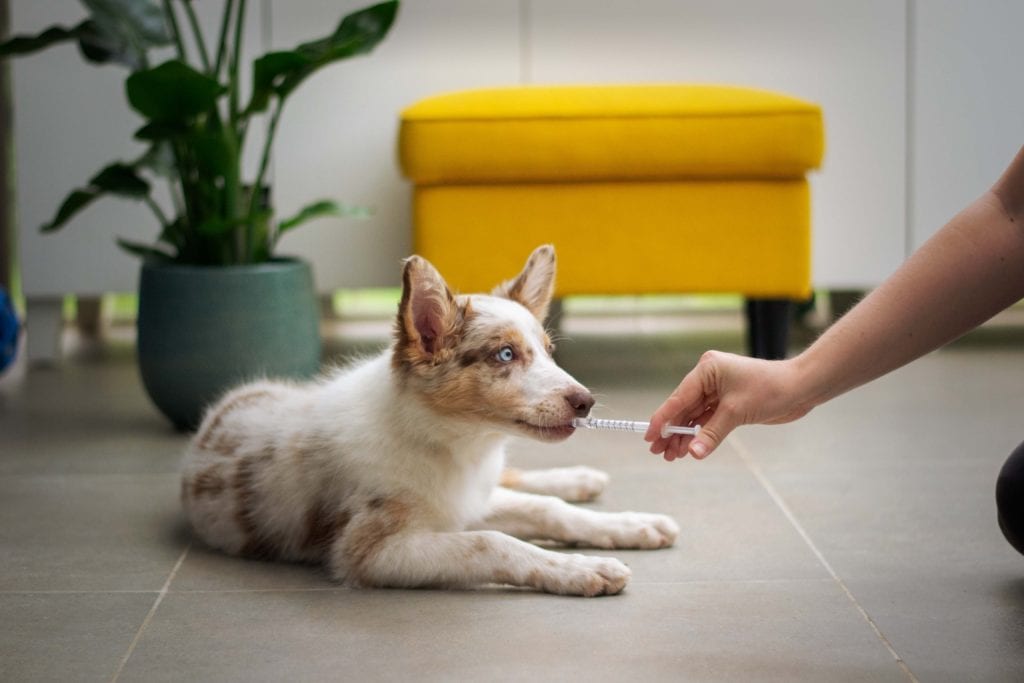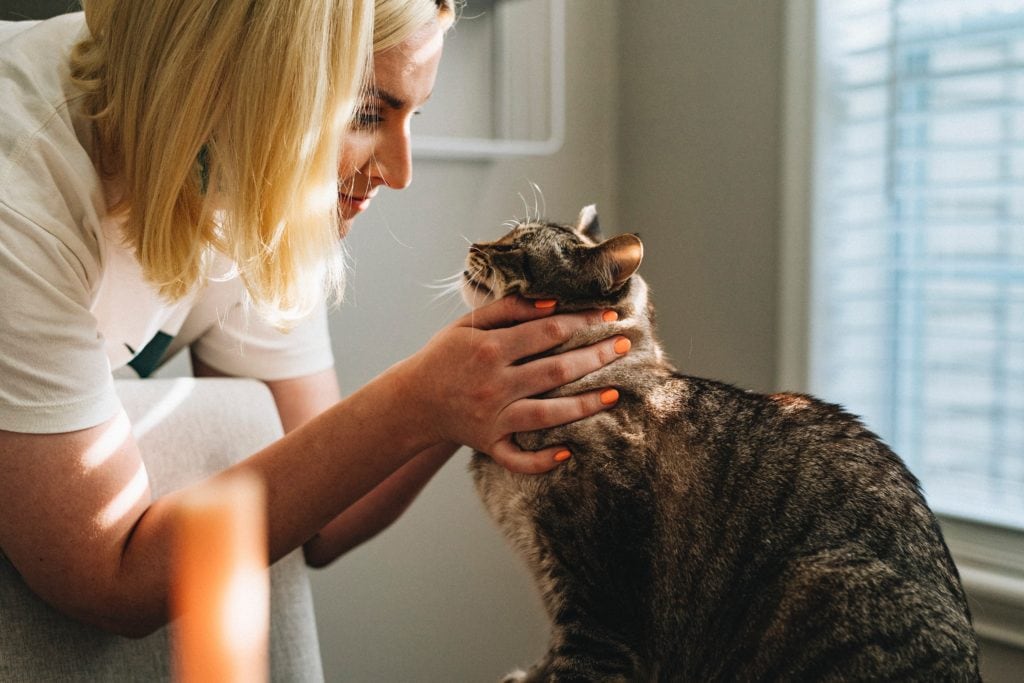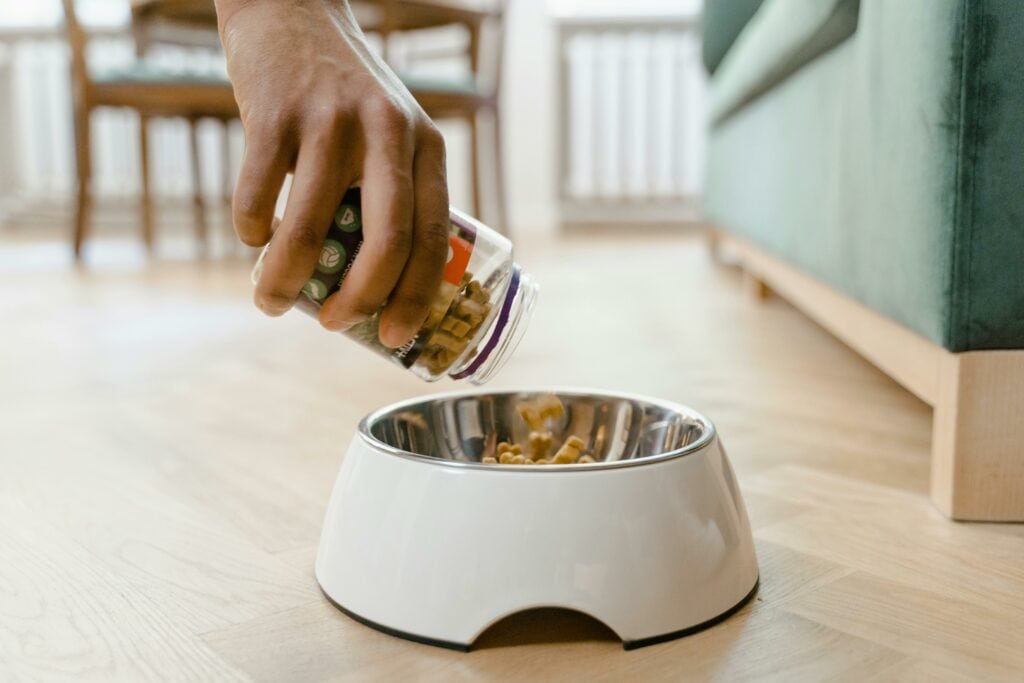A skin infection is an overgrowth of bacteria or yeast on the skin. It is one of the most common and frustrating diseases in dogs. Signs of a bacterial skin infection include hair loss, redness, itching, odor, flakes, small bumps (papules), white heads (pustules), scabs (crust), and circular areas of hair loss and crusting (epidermal collarettes). Epidermal collarettes are often mistaken by pet owners for ringworm, but in dogs a bacterial infection caused by Staphylococcus pseudintermedius is much much, more likely. Dogs can also get yeast infections caused by a fungus called Malassezia pachydermatis. Signs of a yeast infection include hair loss, redness, itching, a distinctive Frito-like odor, darkening of the skin (hyperpigmentation), and leathery, thick wrinkles like elephant skin (lichenification).
Skin infection in pets do not happen spontaneously- they are always caused by some underlying problem. If your pet is getting skin infections, that’s a sign that something is not right. Until the underlying disease is identified and controlled, the skin infections will just keep coming back. To make matters worse, when antibiotics are used over and over again, the bacteria eventually becomes resistant, meaning regular antibiotics will no longer kill it. If the infections continue, the bacteria can become so resistant that it’s very hard to clear up!
The most common underlying cause of skin infections in dogs and cats is skin allergies. When a pet has skin allergies, inflammation damages the skin barrier, which makes it easier for bacteria and yeast to overgrow. Some allergic pets are primarily itchy from their disease, some get skin infections, some get ear infections, and some get a combination of all three- we really don’t know why some body parts are more affected than others in different cases. Pets with allergies often display signs of itching like scratching, licking, chewing, rubbing, or head shaking. They can also have sneezing, reverse sneezing, coughing, watery eyes, squinting, vomiting, or diarrhea. Diagnosing and controlling the underlying allergy will eventually stop the skin infections from returning. Allergic triggers in pets can be environmental such as pollens, molds, dust mites; insect bites (especially flea bite allergy); or they can be food proteins such as chicken, beef, fish, egg, or dairy. Grains or gluten are not a common source of food allergy in pets, despite the recent popularity of grain-free diets (that is a marketing plow by boutique brands, trying to take the market share away from the established brands of dog foods- don’t fall for it!). Your veterinarian or a board-certified veterinary dermatologist® can help you get to the bottom of what is triggering your pet’s allergy. Treatments can include allergy testing and allergenspecific immunotherapy (“allergy shots” or “oral allergy drops”), prescription hypoallergenic elimination diet trials, anti-itch medications, and immune-modifying drugs to calm down the allergic response.
Other causes of skin infections include hormone imbalances that suppress the immune system like hypothyroidism or Cushing’s disease (over-production of steroids by the body). These are more common in older dogs. Sun damage in white or light-skinned dogs that like to sunbathe can lead to deep skin infections. In rare cases, autoimmune skin diseases or even skin cancer can also cause secondary skin infections, so it’s important to have your pet examined by a veterinarian or board-certified veterinary dermatologist® to diagnose and treat the underlying causes. Blood tests are usually used to rule out hormone imbalances and a skin biopsy (minor surgical procedure) can rule out the more rare skin diseases.
In addition to finding and treating the underlying cause, skin infections usually need some form of antimicrobial therapy to clear up. That could mean antibiotics or antifungal medications by mouth, topical treatments, or a combination of both. Antibiotics can cause stomach upset like vomiting, diarrhea, or decreased appetite. If that happens, it’s important to talk to your veterinarian rather than just discontinuing the treatment since unfinished courses of antibiotics are a leading cause of bacterial mutating and developing resistance (the weakest bacteria die first, leaving the stronger bacteria to repopulate the skin). Topical treatments can include medicated shampoos, sprays, mousses, or wipes that include infection-fighting ingredients like chlorhexidine, miconazole, and ketoconazole. There are also some topical oils that can help strengthen the skin barrier to make it harder for bacteria and yeast to invade, including PyoSpot, Essential6 Spot On, and Atop7 Spot On by Dermascent and Atopivet SpotOn and Atopivet collar by Dechra. Our general goal is to use to use the safest combination of treatments that helps the patient, and to minimize the use of antibiotics whenever possible.
The newest and most exciting way to treat bacterial infections in pets is the Phovia phototherapy unit. Multi-spectrum light is shined onto the skin, which kills bacteria on the surface and then penetrates into the skin to promote healing of the deeper layers. It’s very safe, not terribly expensive, and takes only a few minutes. Ask your veterinarian if Phovia phototherapy could be an option to avoid antibiotics in your pet!
Conclusion: If your pet is struggling with skin infections, ask your veterinarian to contact All Clear Veterinary Dermatology for a consultation. We would love to help you get to the bottom of it!





